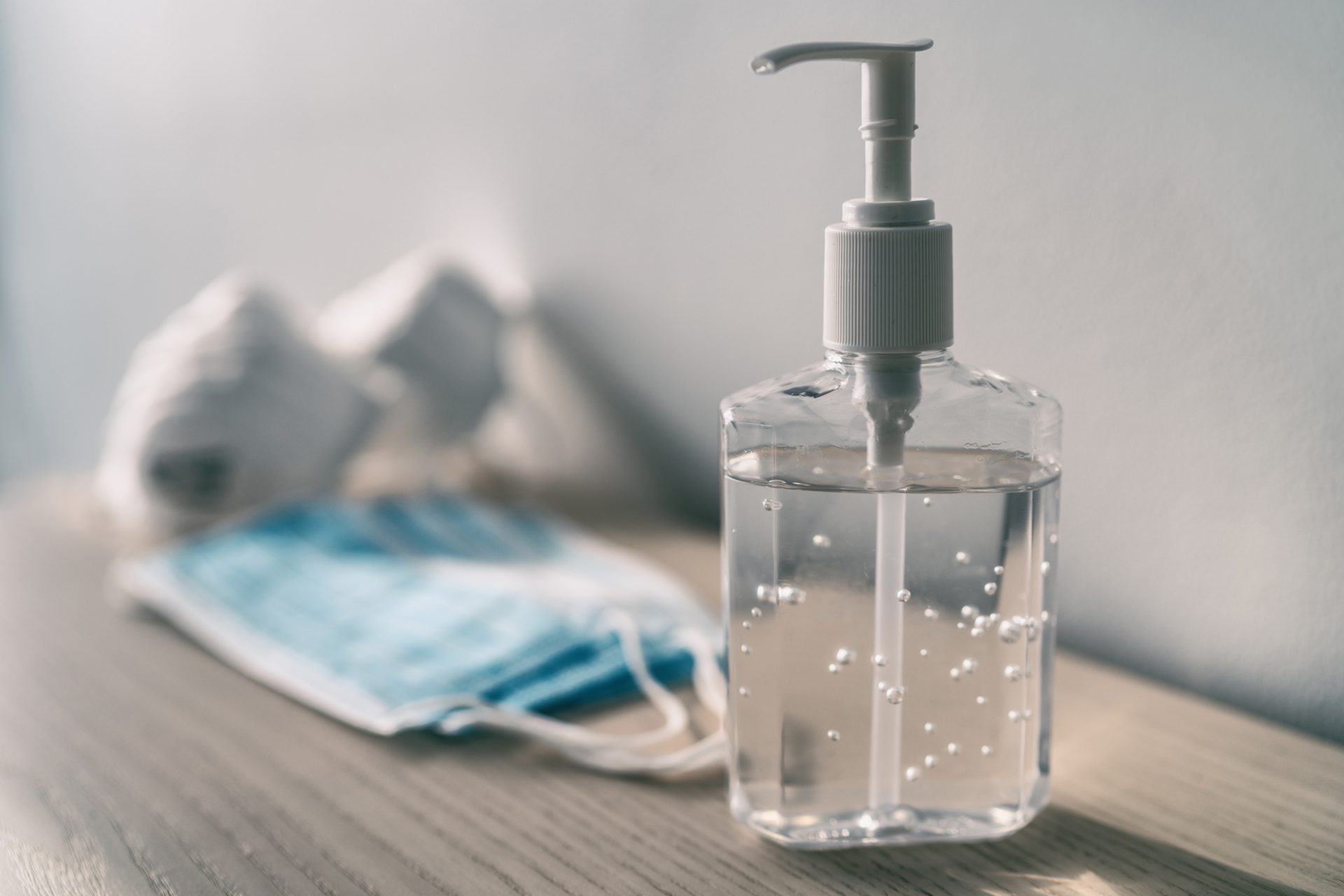

Benchtop NMR spectroscopy quantifies hand sanitizer ethanol content in seconds
Hand hygiene has been at the center of the global response to the COVID-19 pandemic, with alcohol-based hand rubs (ABHRs) – or hand sanitizers – playing a key role in supplementing hand washing. However, several reports indicate that hand sanitizer fraud is prevalent, compromising its antimicrobial properties and risking the health of users. Rapid testing methods such as benchtop Nuclear Magnetic Resonance (NMR) spectroscopy can determine the alcohol content or percentage volume (% vol) of hand sanitizers in seconds, in a reproducible push-button workflow.
The importance of effective alcohol-based hand rubs (ABHRs), commonly referred to as hand sanitizers, has never been more apparent than during the COVID-19 pandemic. In the home, at work or in public, the use of hand sanitizers has dramatically increased. This new demand and the rapid scale-up of production has exacerbated the challenge of hand sanitizer fraud, where batches are diluted to increase profit.
The U.S. Food and Drug Administration (FDA) only allows two types of alcohol in ABHRs: ethanol and isopropyl alcohol (isopropanol or 2-propanol). The Centers for Disease Control and Prevention (CDC) recommend using hand sanitizers that contain 60–95% alcohol (%vol/vol), for the most effective eradication of pathogens such as the SARS-CoV-2 virus.2 It specifies that 80% ethanol or 75% isopropyl alcohol is recommended, which align with the World Health Organization (WHO) recommended formulations.3
However, an independent study by UK consumer magazine Which? found that 3 in 18 hand sanitizers tested, sold online, contain far less alcohol than claimed on the label, and most claims did not state whether the percentage was based on weight or volume.4 False claims and fraudulent dilution put consumers at risk by leaving them unprotected against viruses and other pathogens that they believe the hand sanitizer eradicates.
NMR spectroscopy is an easy, rapid, and reliable method capable of measuring the contents of hand sanitizers and other aqueous alcohol mixtures within seconds. Benchtop NMR spectrometers are used in a range of testing laboratories with minimal training needed, thanks to the push-button technology and simple workflow. This application note demonstrates the easily implemented Fourier 80 NMR benchtop spectrometry method for measuring alcohol content of hand sanitizers.
Materials & methods
A variety of commercially available hand sanitizers based on either ethyl or isopropyl alcohol were analysed using the Fourier 80 spectrometer (Bruker BioSpin) with 1H/13C NMR and a PAL sample changer (CTC Analytics). Raw samples were placed in standard 5mm NMR tubes without the need for any additional preparation.
NMR measurement was initiated by selecting the experiment to run (EtOH or iPrOH) and clicking start. The results were provided in an automated report in a few seconds and presented as mol%, % w/w and ABV and % v/v respectively5.
Results & discussion
The Fourier 80 benchtop NMR spectrometer took an average of seven seconds to provide information on the alcohol content of the hand sanitizers tested. Figure 1 shows a sample report for an ethanol-based hand sanitizer, and a sample report for an isopropanol-based hand sanitizer is shown in Figure 2.
This straightforward workflow is suitable for any laboratory.The Fourier 80 provides a robust platform for fast and reproducible results with minimal user interaction. The user-friendly reporting provides the results in an easy-to-read and an easy-to-share format without the need for NMR expertise in the interpretation. As a primary ratio quantitative method, NMR does not rely on calibrations or reference substances and can directly quantify the content of a submitted sample.
Any lab, anywhere, can test the contents of a hand sanitizer to quickly establish whether it meets the required standards.
Conclusion
- Hand sanitizer dilution is a serious challenge that could result in the use of ineffective products and the unknowing exposure to viruses and other pathogens.
- NMR spectroscopy is a fast method that can quickly and easily determine alcohol content in any aqueous solution, such as hand sanitizers, industrial cleaning products, spirits, or wine, without the need for specialized sample preparation.
- The Fourier 80 NMR method is a highly transferable, push-button solution that can quantify the contents of liquids in seconds.
References
- Gold NA, Mirza TM, Avva U. Alcohol Sanitizer. 2021 Jun 26. In: StatPearls [Internet]. Treasure Island (FL): StatPearls Publishing; 2021.
- Hand hygiene recommendations, Centers for Disease Control and Prevention (CDC), May 17, 2020. https://www.cdc.gov/coronavirus/2019-ncov/hcp/hand-hygiene.html
- Guide to Local Production: WHO-recommended Handrub Formulations, World Health Organization (WHO), April 2010. https://www.who.int/gpsc/5may/Guide_to_Local_Production.pdf?ua=1
- Hand sanitiser gels sold online fail Which? tests, Dec 2020. https://www.which.co.uk/news/2020/12/hand-sanitisers-sold-online-fail-which-tests/
- The result of the calculation is effectively ABV as it does not take into account the volume reduction of Ethanol/Water mixtures. Exact % v/v can be obtained from % w/w with the usual conversion tables.


